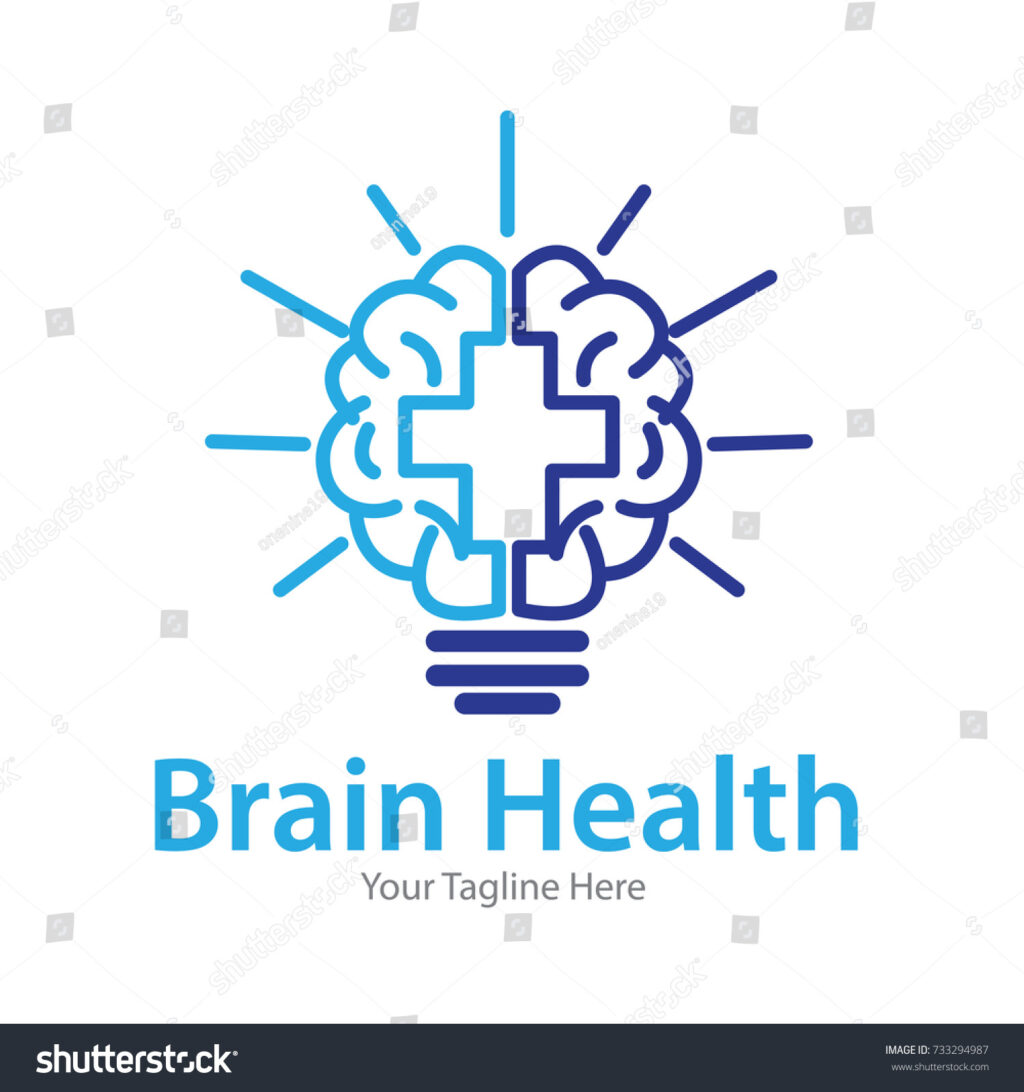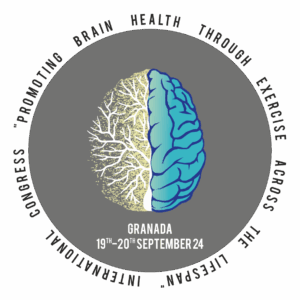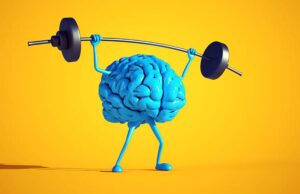
In our hustle-and-bustle world, multitasking seems like the ultimate skill—a way to conquer deadlines, juggle chores, and stay ahead of the game. We often pride ourselves on our ability to do many things simultaneously, from replying to emails while cooking dinner to scrolling social media during meetings. But what if I told you that your brain isn’t actually built for true multitasking? That what we call multitasking is more of a clever illusion our minds create? Buckle up—it’s time to unravel the truth and discover a happier, more focused way to navigate our busy lives.
Breaking the Myth: Your Brain Can’t Truly Multitask
Imagine trying to pat your head and rub your stomach at the same time—that’s pretty much what your brain is doing when you think you’re multitasking. Neuroscientists have long shown that what we call multitasking is really rapid task-switching, where our attention jumps back and forth between activities. This constant toggling drains mental energy and reduces efficiency, making us more prone to mistakes and forgetfulness. The myth that our brains can handle two demanding tasks at once is just that—a myth.
Our cognitive resources are limited, like a small, powerful engine that can only focus fully on one project at a time. When we attempt to multitask, our brains switch gears so quickly that it appears we’re doing multiple things simultaneously, but in reality, it’s a series of rapid shifts. This process isn’t seamless; it’s taxing and often leads to decreased productivity, increased stress, and a feeling of being overwhelmed. So, despite feeling like superhumans, we’re really just clever switchers—quickly jumping between tasks without truly giving each one our full attention.
Furthermore, studies show that multitasking can impair learning and memory. When you divide your focus, your brain isn’t able to encode information as effectively, making it harder to recall details later. This means that trying to absorb new information while checking your phone or answering messages is like trying to read a book while someone’s constantly tugging at your sleeve. Your brain isn’t designed to do multiple complex things at once; it’s optimized for deep, focused engagement. Recognizing this can be a game-changer in how we approach our daily routines.
Discover the Joy of Focus: Why Multitasking Is a Trick
Once you realize that multitasking is more of an illusion, a world of possibilities opens up—chief among them, the joy of genuine focus. When we dedicate our full attention to one task at a time, we unlock a state of flow where productivity and creativity thrive. Imagine completing a project with a sense of calm confidence, instead of rushing through a jumble of half-finished activities. Focusing deeply allows your brain to process information more efficiently, leading to better quality work and a greater sense of satisfaction.
Prioritizing single-tasking can also reduce stress levels significantly. Instead of feeling overwhelmed by an endless to-do list, you learn to savor each moment and give your best to one thing at a time. This mindful approach helps you stay present, boosts your mood, and even enhances your relationships—because when you’re fully engaged, you’re also truly listening and connecting. Think of focus as a superpower that transforms chaos into clarity and clutter into creativity.
So how can you embrace this joy of focus? Start small: turn off notifications, set aside dedicated time for tasks, and give yourself permission to do one thing at a time. Celebrate each completed task as a victory because by doing so, you’re training your brain to value quality over quantity. Over time, this shift can lead to a more peaceful, productive, and joyful life—one where multitasking is no longer a trick played on you, but a myth you happily leave behind.
In a world obsessed with doing it all at once, understanding that your brain is not a multitasking machine can be liberating. By focusing on one task at a time, you’re not only working smarter but also cultivating a sense of calm and mastery over your daily routine. Let’s ditch the myth of multitasking and embrace the power of true concentration—because sometimes, the best way to get more done is to do less, but do it better. Happy focusing!






